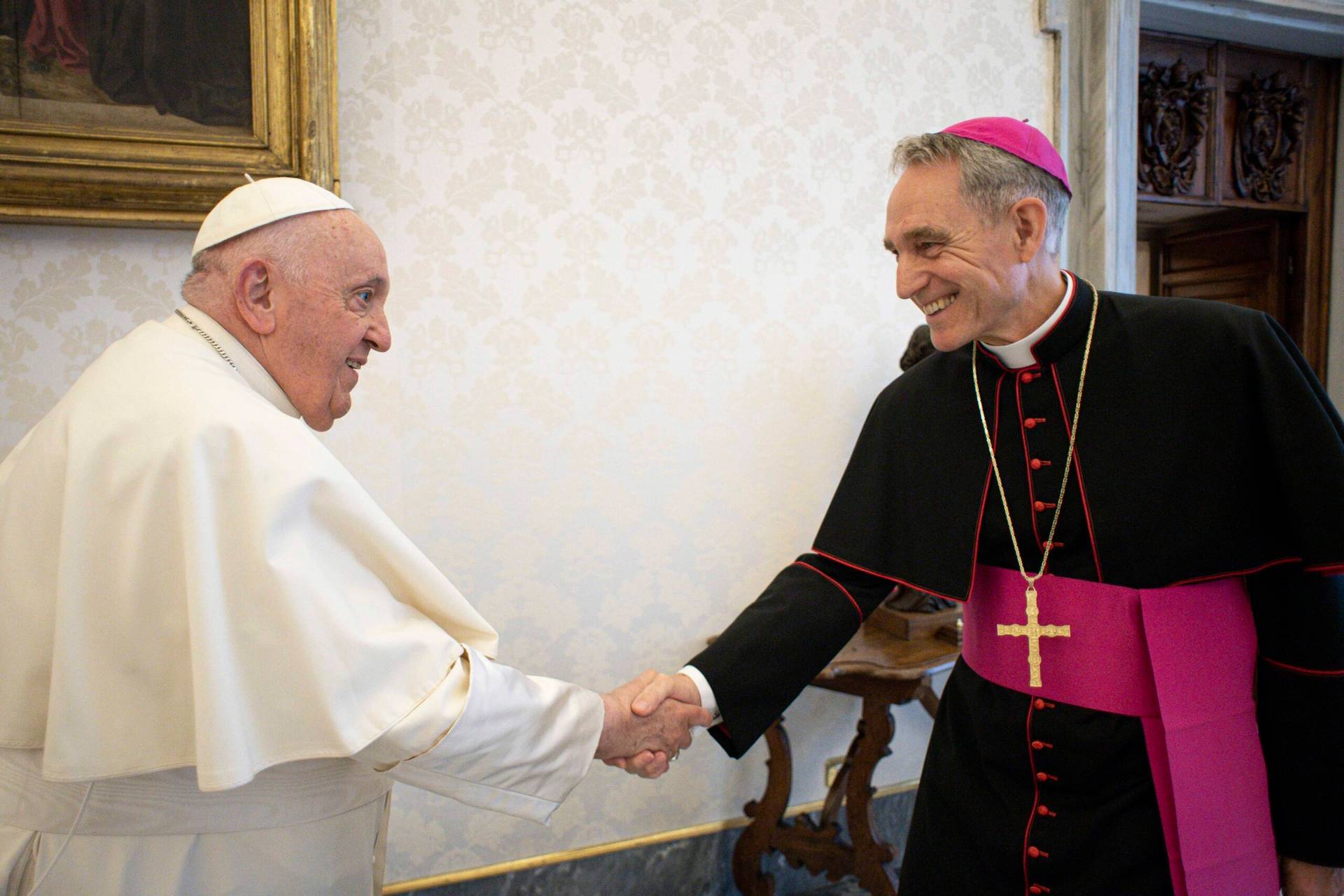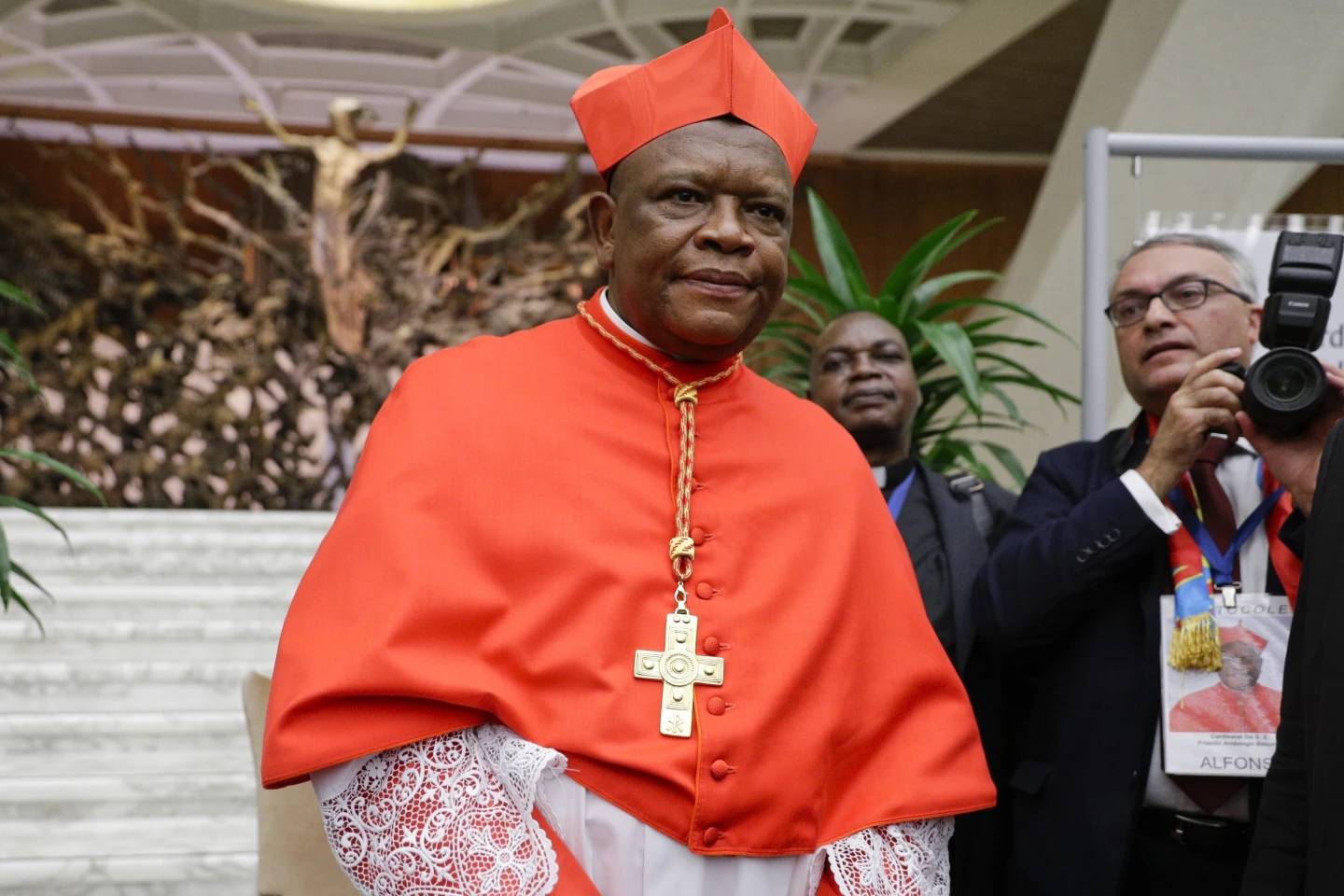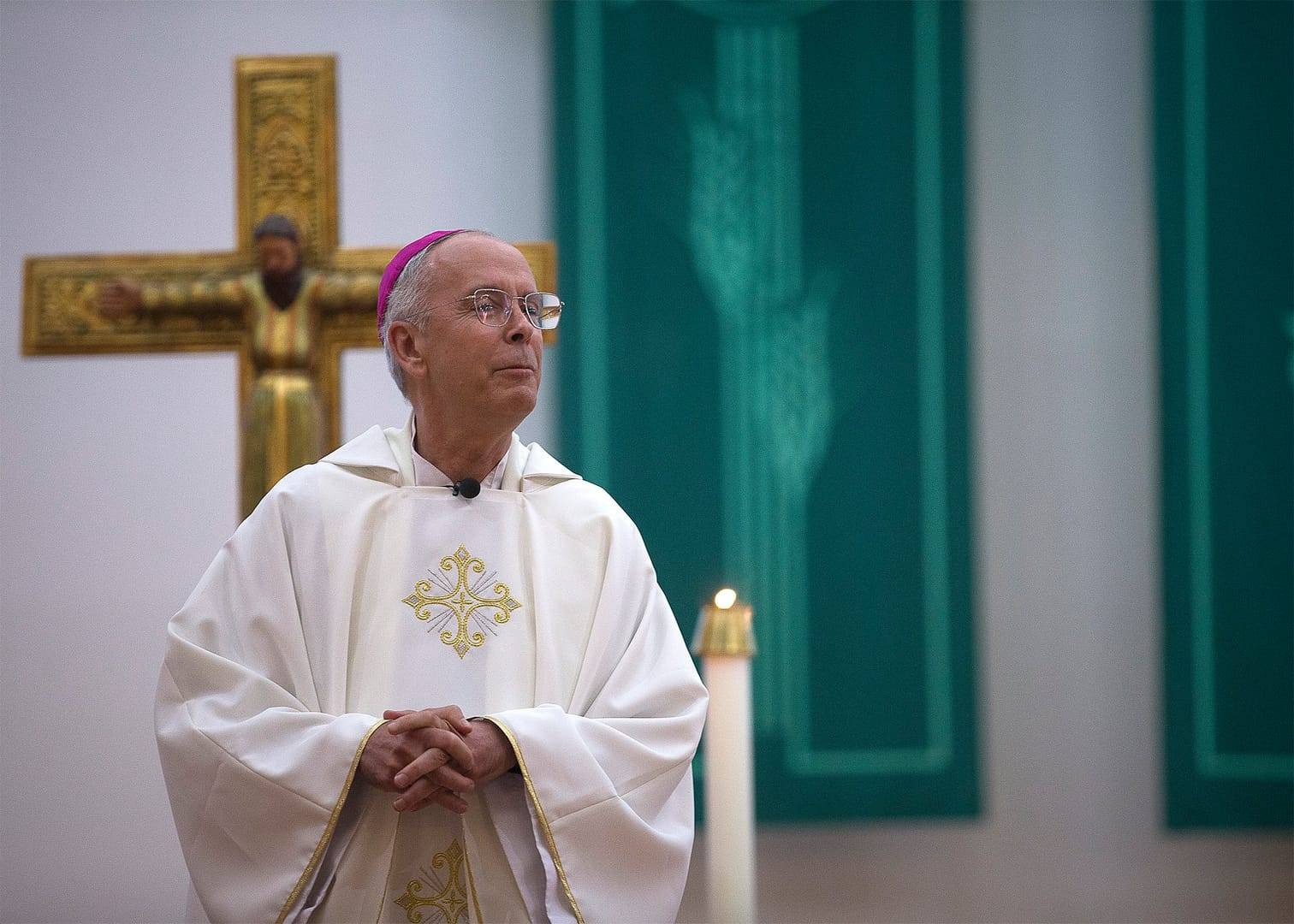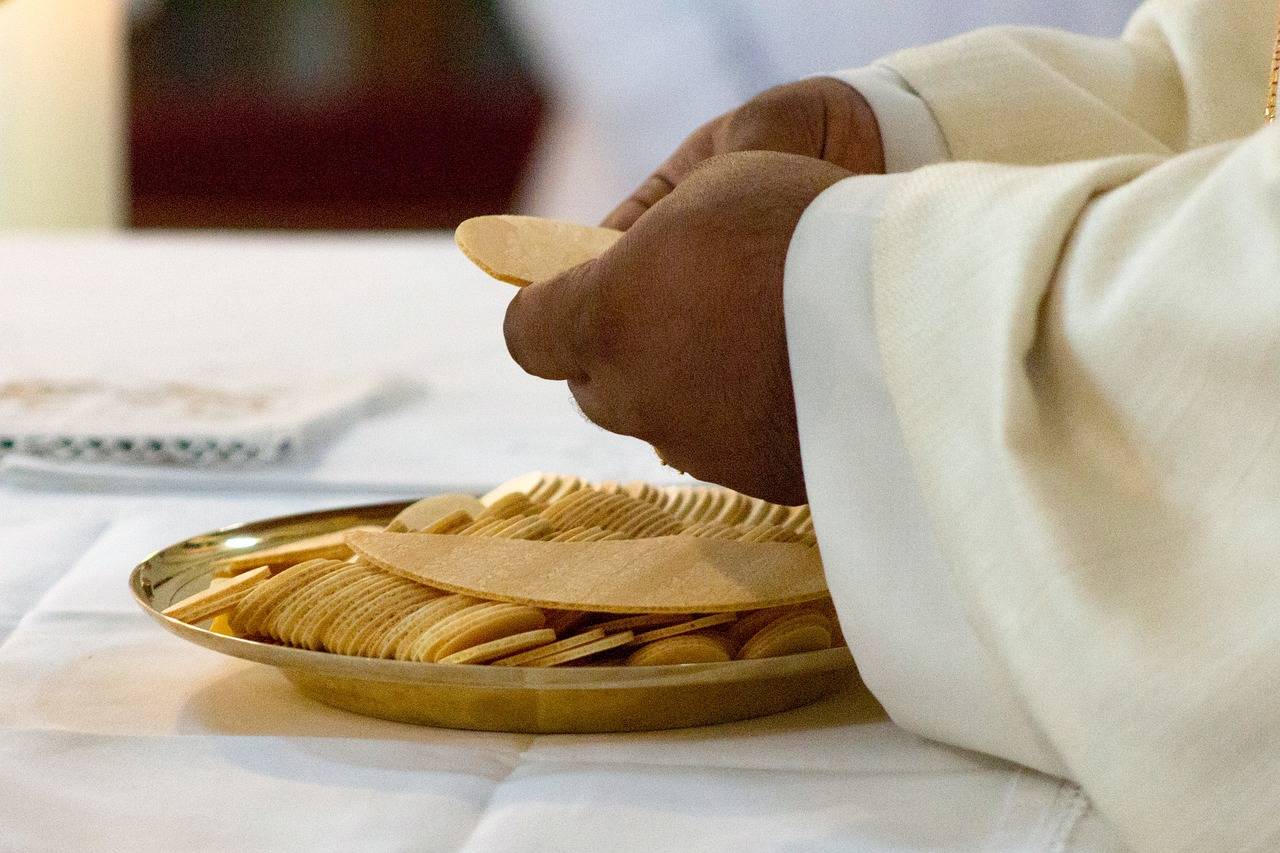YEREVAN, ARMENIA — To be honest, ecumenism as a transcendent cause, one that gets hearts pumping and fires the imagination, has always been a bit of a tough sell.
First of all, most ordinary people don’t even know what the word even means, and when you explain it, their eyes often glaze over at the complex historical and theological reasons for which Christianity splintered into the confusing welter of churches, denominations and movements one sees today.
Further, we live in a world of rapid response, and if ever a cause wasn’t built for speed it’s this one.
The various denominations now have had formal dialogues for decades, and slogging through the mountains of documents they’ve generated often has the same approximate sex appeal as watching paint dry.
Yet part of the purpose of papal travel is to encounter elements of local history and culture that remind people of why such things really do matter, and Francis has certainly done that during his June 24-26 trip to Armenia, the 14th overseas journey of his papacy.
Ecumenism has been one of the main themes since Francis arrived on Friday. He’s been accompanied everywhere he’s gone by Catholicos Karekin II, head of the Armenian Apostolic Church, including Karekin attending Francis’ Mass on Saturday, and Francis is set to take part in a Divine Liturgy with Karekin on Sunday.
On Saturday, the pontiff traveled north from the capital city of Yerevan to visit Gyumri, seen as one of the cultural centers of the country, and also one of the hardest-hit zones by the massive 1988 Spitak earthquake. The largest share of the estimated 25,000 to 50,000 deaths came in Gyumri, scores of people lived for years in metal containers, and many buildings in the city are still in ruins.
While there, Karekin told Francis the story of Gyumri’s Holy Mother of God Church, also known as Yot Verk, or “Seven Wounds.”
To this day, visitors can see in the adjoining garden the cone domes of the pre-earthquake church, which actually worked as designed – popping off when the quake hit, thereby relieving much of the shock and preserving the rest of the structure.
Karekin explained to Francis that during the Soviet era, most churches in Armenia were forcibly closed, so the few that remained open often ended up being places of refuge for believers from all denominations.
In the case of Gyumri, the Yot Verk church opened its doors to fellow Christians from throughout northern Armenia and neighboring villages of Georgia, regardless of whether they were Catholic, Eastern Orthodox, or members of Armenia’s Apostolic Church.
The northern apse of the Church, Karekin said, was turned into a place of prayer for Catholics with a large statue of the Crucifixion brought from a shuttered Catholic church in a nearby village. Meanwhile, the southern apse was turned over to the Russian Orthodox, complete with an icon of Russia’s patron St. Nicholas the Wonderworker.
In other words, during the long years of state-imposed atheism under the Soviets and cycles of violent anti-Christian persecution, in this small church in a neglected northern Armenian town, Catholics and members of rival Orthodox branches worshiped in the same space, essentially disregarding centuries of suspicion and mutual excommunications.
As Karekin put it, the church became “a tangible provider and preacher for ecumenism, years before the modern definition of ecumenism was established.”
That sense of common cause continued in the aftermath of the 1988 earthquake, as Catholics and other Christians pooled resources to provide immediate humanitarian aid and also to try to address the city’s long-term need for recovery.
Francis himself mentioned one expression of that legacy, a hospital in nearby Ashotsk called “Redemptoris Mater” but known locally as the “pope’s hospital.” It was a gift of St. John Paul II to the Armenian people in the aftermath of the 1988 quake.
With 100 beds, the hospital serves the health care needs of a region near the border with Georgia and runs clinics in roughly 25 rural villages, each year serving roughly 30,000 people – most of whom, needless to say, are not Catholic.
“It was born of the heart of St. John Paul II, and it continues to be a presence close to those who are suffering,” Francis said.
These two small Armenian examples illustrate three big points about ecumenism.
First, there’s often a popular desire for unity that runs ahead of the capacity of formal ecclesiastical bureaucracies to work out the details.
In some cases, you wonder if the flock is really interested in the initiatives their shepherds pursue – but on the ecumenical front, it’s often the other way around. The flock gets the case, and they’re waiting for the shepherds to deliver.
Second, Christians are in a better position to relieve suffering and to serve the poor and broken of the world, both in terms of direct relief and also advocacy for systemic change, when they pool their resources.
In other words, unity isn’t just a theological imperative, it also has a direct bearing on mission.
Third, it’s no accident that the Armenian stories of Christians coming together were forged in the context of tragedy and pain.
Many of the modern pioneers in the ecumenical movement in the post-World War II era had experienced either the Nazi concentration camps or the Soviet gulags in the company of fellow Christians, and realized their differences paled in comparison to their shared circumstances.
Today, anti-Christian persecution is widespread in many parts of the world, with as many as 200 million Christians living at risk of arrest, imprisonment, torture and death for reasons linked to their faith. In general, the forces carrying out that persecution, whether it’s police states, terrorist movements, or other groups, do not make any confessional distinctions among the various types of Christians, leaving them all more or less in the same boat.
It therefore becomes even less explicable that Christians would allow the burdens of history to keep them apart, given the shared threats and challenges confronting them in the present.
One doesn’t have to be in Armenia to absorb those three points, of course, but as Francis has learned over the first 48 hours of his trip here, it certainly doesn’t hurt.















